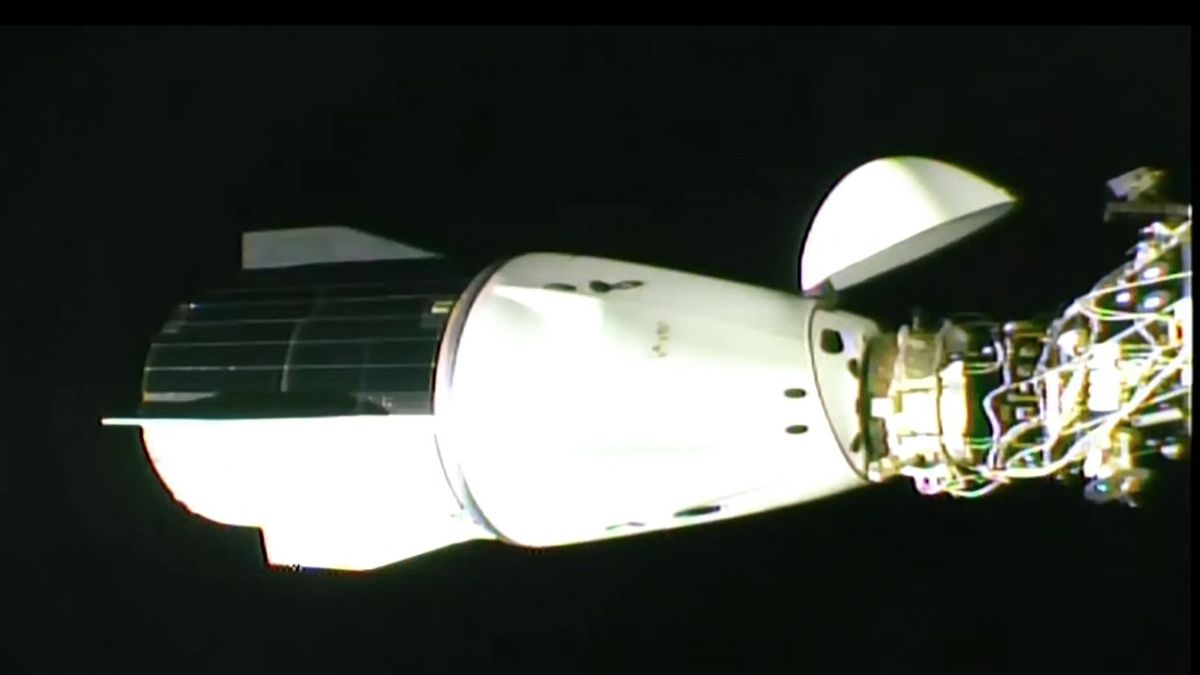
Washington Üniversitesi’ndeki araştırmacılar, bir atomun katmanları arasında kuantum bilgisinin kodlanmasına ve iletilmesine yardımcı olabilecek atomik “nefes” veya mekanik titreşimi keşfettiler. Ayrıca, bu atomik titreşimleri ve ışık emisyonlarını manipüle eden ve kuantum teknolojisinin gelişmesine yol açan entegre bir cihaz yarattılar.
Washington Üniversitesi’ndeki bilim adamları, bu atomların bir lazer tarafından uyarıldığında yaydıkları spesifik ışığı gözlemleyerek, iki atomik katman arasındaki mekanik salınım olan atomik “nefes almayı” tespit etmenin bir yolunu keşfettiler. Bu atomik “nefes” sesi, araştırmacıların kuantum verilerini kodlamasına ve iletmesine yardımcı olabilir.
Araştırmacılar ayrıca, hesaplama, iletişim ve sensör geliştirme gibi alanlarda gelecekte birçok uygulamaya sahip olması beklenen kuantum teknolojileri için yeni bir yapı taşı türü olarak hizmet edebilecek bir cihaz geliştirdiler.
Araştırmacılar yakın zamanda bulgularını dergide yayınladılar. Doğanın Nanoteknolojisi.
dedi kıdemli yazar Moe Lee, Wisconsin Üniversitesi elektrik ve bilgisayar mühendisliği ve fizik profesörü. “Birçok uygulama için optik entegre devrelerden geçen tek fotonları kontrol etmek için kullanılabilecek yeni bir tür gömülü kuantum etkisi sağlıyor.”

Aden Repin. Kredi bilgileri: Washington Üniversitesi
Daha önce ekip, “eksiton” adı verilen kuantum düzeyinde bir yarı parçacık üzerinde çalışmıştı. Bilgi bir eksiton olarak kodlanabilir ve daha sonra bir dosya biçiminde düzenlenebilir[{” attribute=””>photon — a tiny particle of energy considered to be the quantum unit of light. Quantum properties of each photon emitted — such as the photon’s polarization, wavelength, and/or emission timing — can function as a quantum bit of information, or “qubit,” for quantum computing and communication. And because this qubit is carried by a photon, it travels at the speed of light.
“The bird’s-eye view of this research is that to feasibly have a quantum network, we need to have ways of reliably creating, operating on, storing, and transmitting qubits,” said lead author Adina Ripin, a UW doctoral student of physics. “Photons are a natural choice for transmitting this quantum information because optical fibers enable us to transport photons long distances at high speeds, with low losses of energy or information.”
The researchers were working with excitons in order to create a single photon emitter, or “quantum emitter,” which is a critical component for quantum technologies based on light and optics. To do this, the team placed two thin layers of tungsten and selenium atoms, known as tungsten diselenide, on top of each other.

Mo Li. Credit: University of Washington
When the researchers applied a precise pulse of laser light, they knocked a tungsten diselenide atom’s electron away from the nucleus, which generated an exciton quasiparticle. Each exciton consisted of a negatively charged electron on one layer of the tungsten diselenide and a positively charged hole where the electron used to be on the other layer. And because opposite charges attract each other, the electron and the hole in each exciton were tightly bonded to each other. After a short moment, as the electron dropped back into the hole it previously occupied, the exciton emitted a single photon encoded with quantum information — producing the quantum emitter the team sought to create.
But the team discovered that the tungsten diselenide atoms were emitting another type of quasiparticle, known as a phonon. Phonons are a product of atomic vibration, which is similar to breathing. Here, the two atomic layers of the tungsten diselenide acted like tiny drumheads vibrating relative to each other, which generated phonons. This is the first time phonons have ever been observed in a single photon emitter in this type of two-dimensional atomic system.
When the researchers measured the spectrum of the emitted light, they noticed several equally spaced peaks. Every single photon emitted by an exciton was coupled with one or more phonons. This is somewhat akin to climbing a quantum energy ladder one rung at a time, and on the spectrum, these energy spikes were represented visually by the equally spaced peaks.
“A phonon is the natural quantum vibration of the tungsten diselenide material, and it has the effect of vertically stretching the exciton electron-hole pair sitting in the two layers,” said Li, who is also a member of the steering committee for the UW’s QuantumX, and is a faculty member of the Institute for Nano-Engineered Systems. “This has a remarkably strong effect on the optical properties of the photon emitted by the exciton that has never been reported before.”
The researchers were curious if they could harness the phonons for quantum technology. They applied electrical voltage and saw that they could vary the interaction energy of the associated phonons and emitted photons. These variations were measurable and controllable in ways relevant to encoding quantum information into a single photon emission. And this was all accomplished in one integrated system — a device that involved only a small number of atoms.
Next, the team plans to build a waveguide — fibers on a chip that catches single photon emissions and directs them where they need to go — and then scale up the system. Instead of controlling only one quantum emitter at a time, the team wants to be able to control multiple emitters and their associated phonon states. This will enable the quantum emitters to “talk” to each other, a step toward building a solid base for quantum circuitry.
“Our overarching goal is to create an integrated system with quantum emitters that can use single photons running through optical circuits and the newly discovered phonons to do quantum computing and quantum sensing,” Li said. “This advance certainly will contribute to that effort, and it helps to further develop quantum computing which, in the future, will have many applications.”
Reference: “Tunable phononic coupling in excitonic quantum emitters” by Adina Ripin, Ruoming Peng, Xiaowei Zhang, Srivatsa Chakravarthi, Minhao He, Xiaodong Xu, Kai-Mei Fu, Ting Cao and Mo Li, 1 June 2023, Nature Nanotechnology.
DOI: 10.1038/s41565-023-01410-6
Other co-authors are Ruoming Peng, Xiaowei Zhang, Srivatsa Chakravarthi, Minhao He, Xiaodong Xu, Kai-Mei Fu, and Ting Cao.
The study was funded by the National Science Foundation.

“Analist. Tutkulu zombi gurusu. Twitter uygulayıcısı. İnternet fanatiği. Dost pastırma hayranı.”





More Stories
SpaceX Crew-8 astronotlarının Ejderhalarını 2 Mayıs'ta Uluslararası Uzay İstasyonuna taşımasını izleyin
Yeni araştırmalar dinozorların sandığımız kadar akıllı olmadığını ortaya koyuyor
Bilim insanları Mars'ta güneş fırtınalarına hazırlanıyor